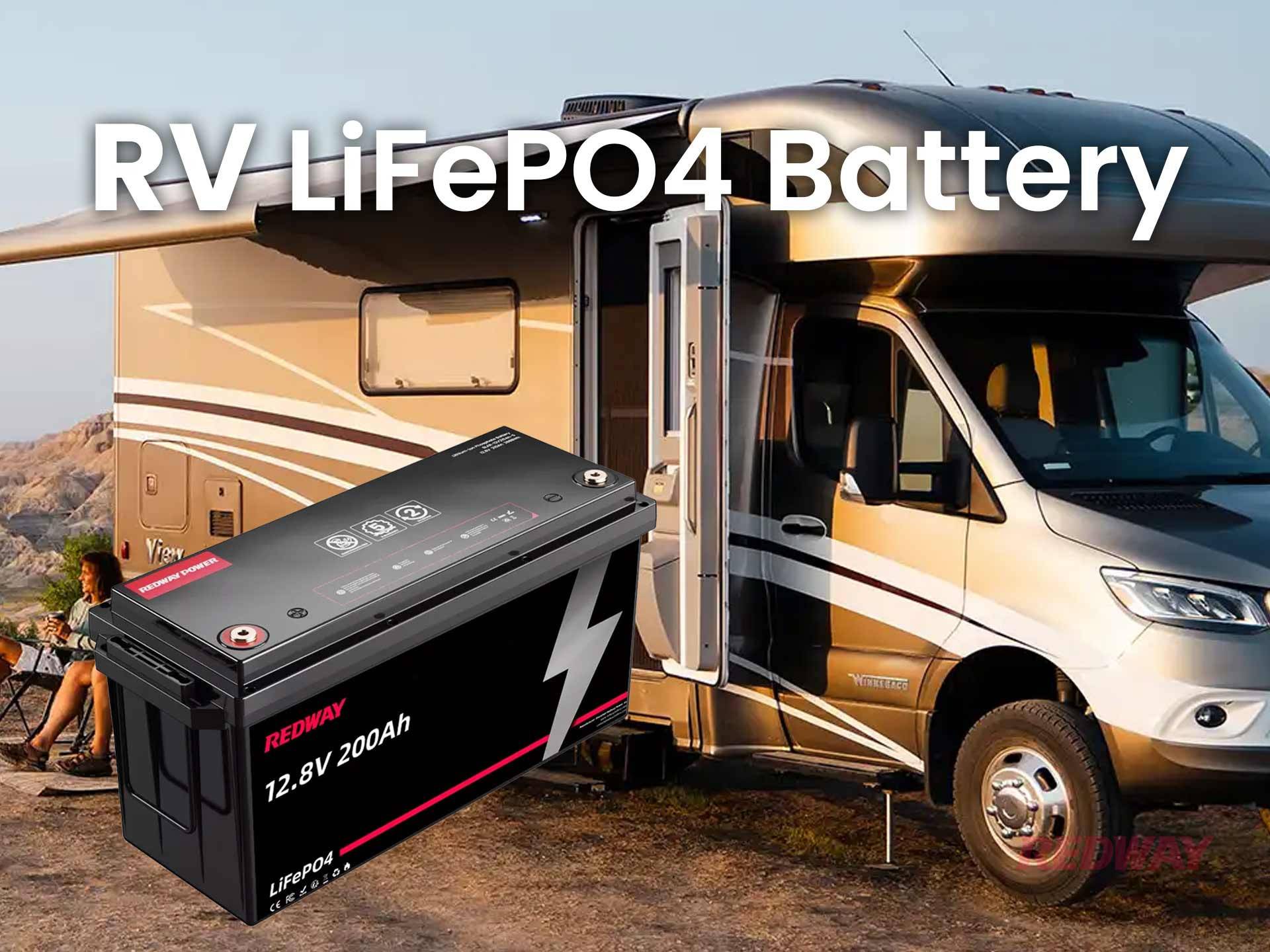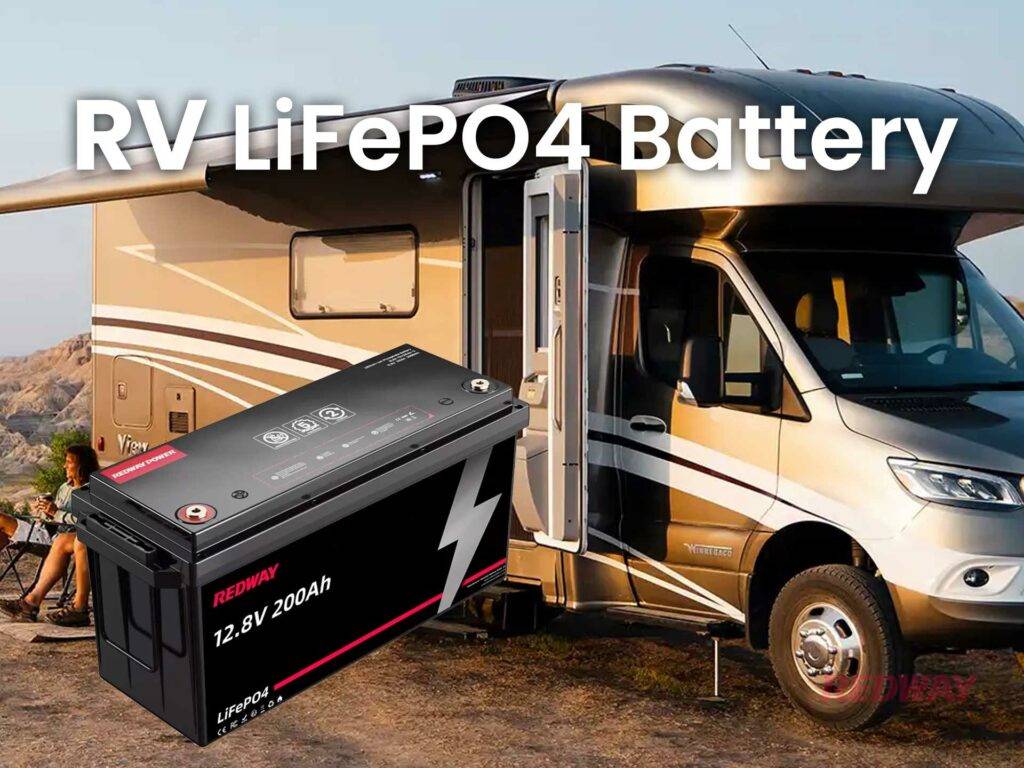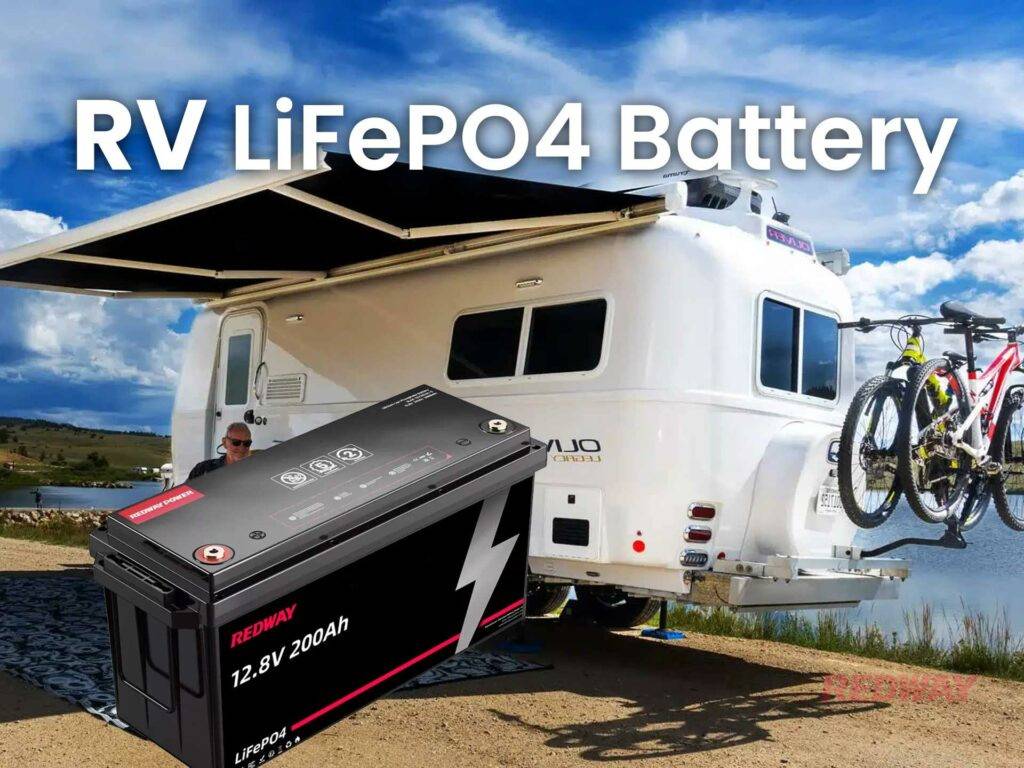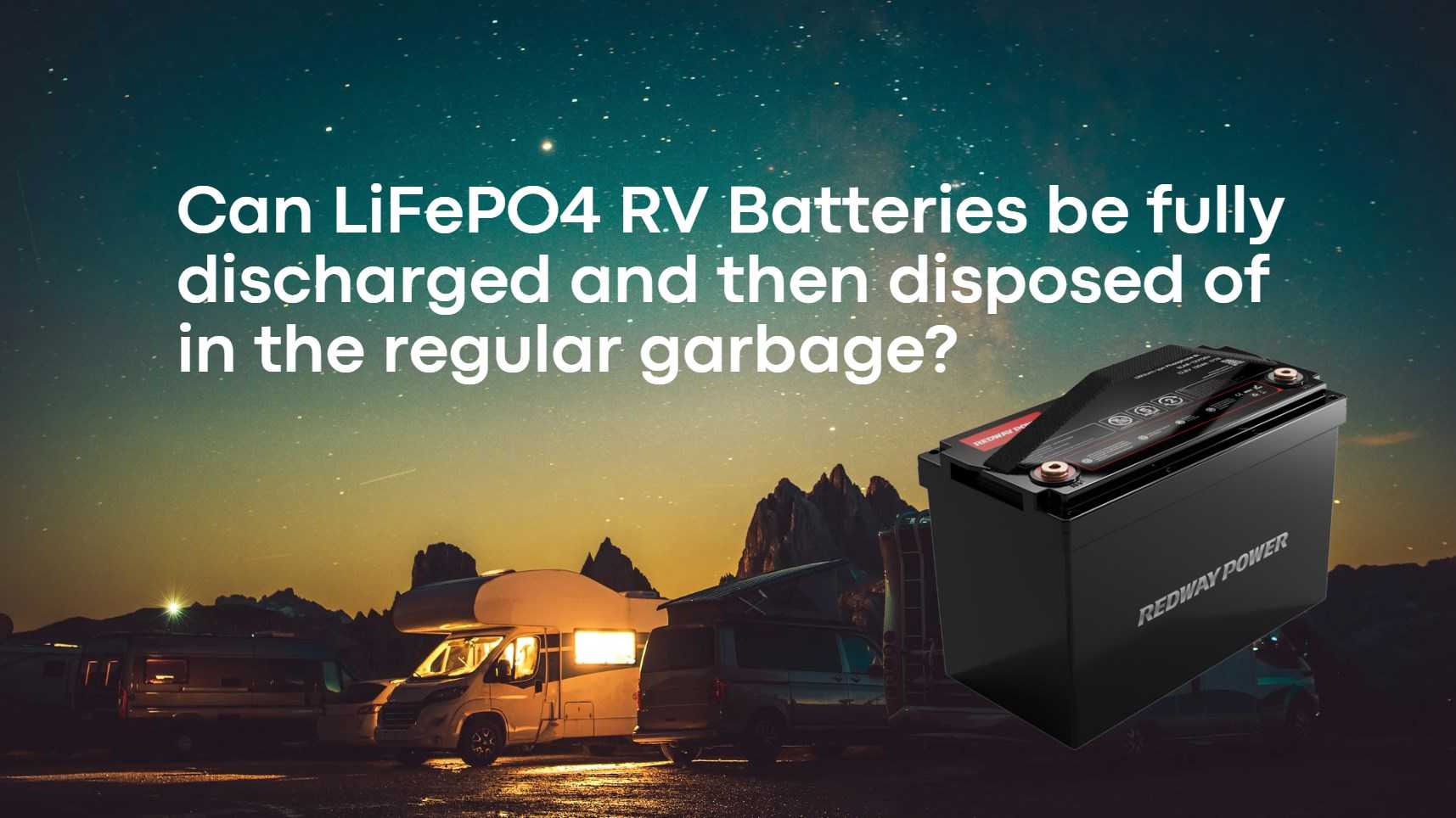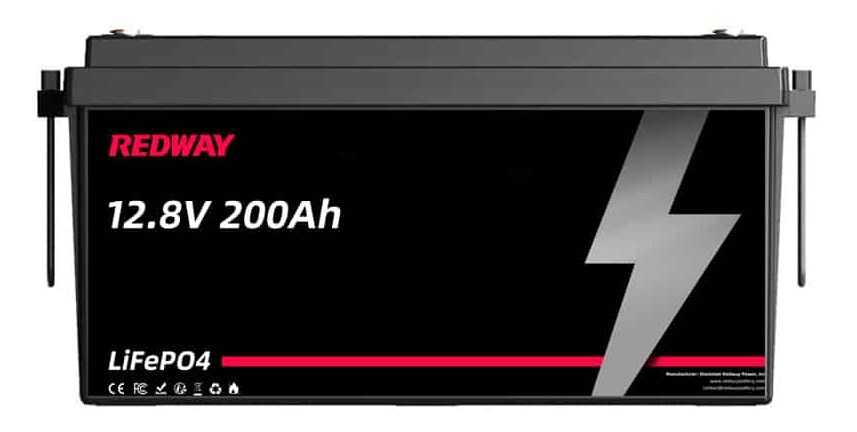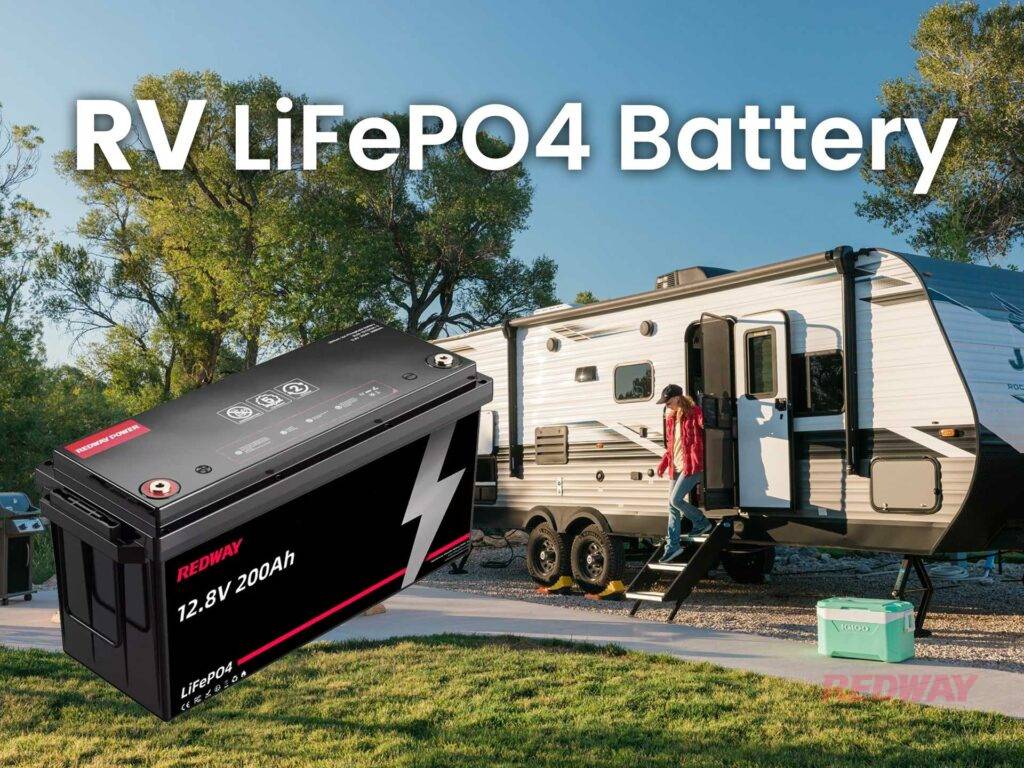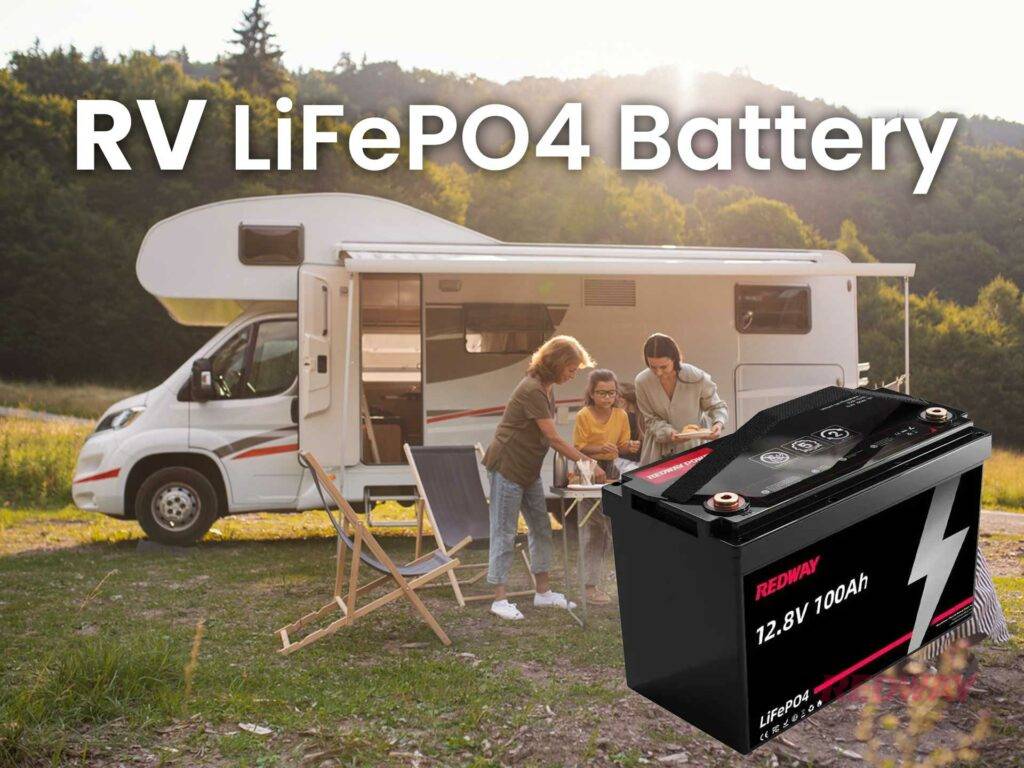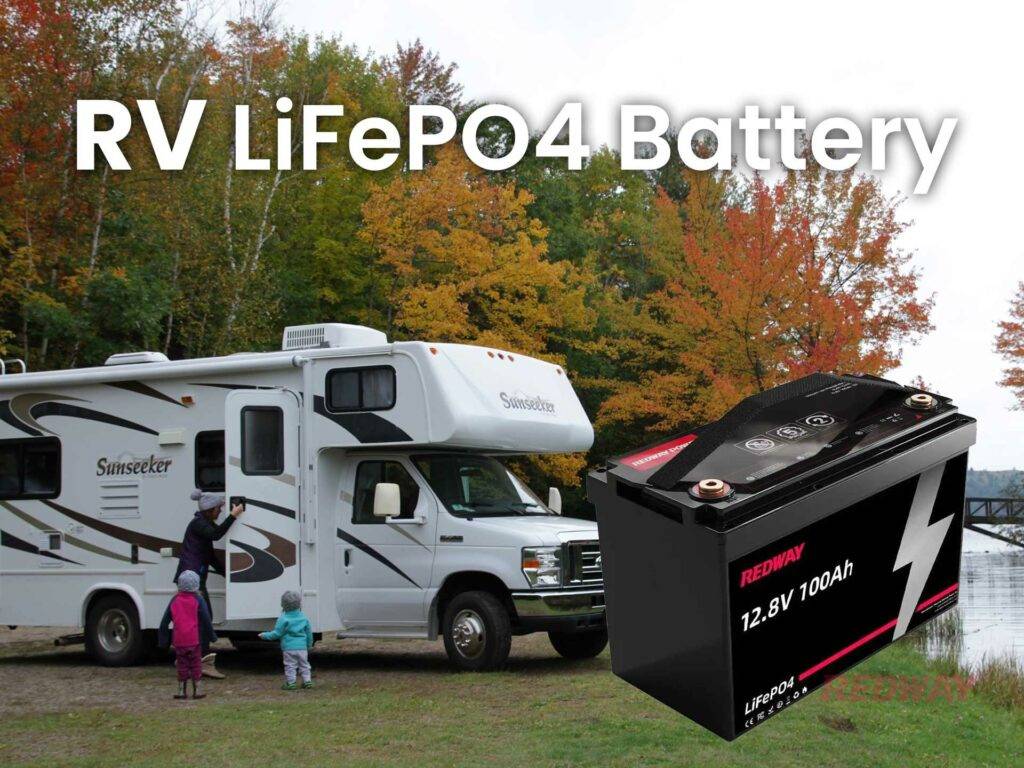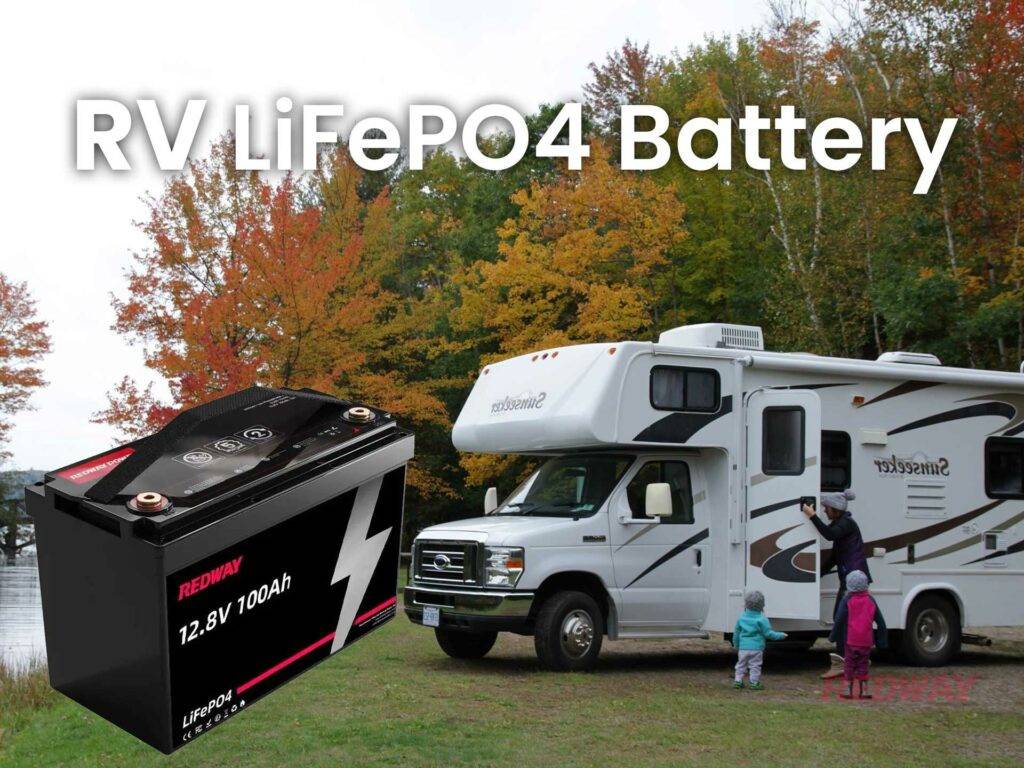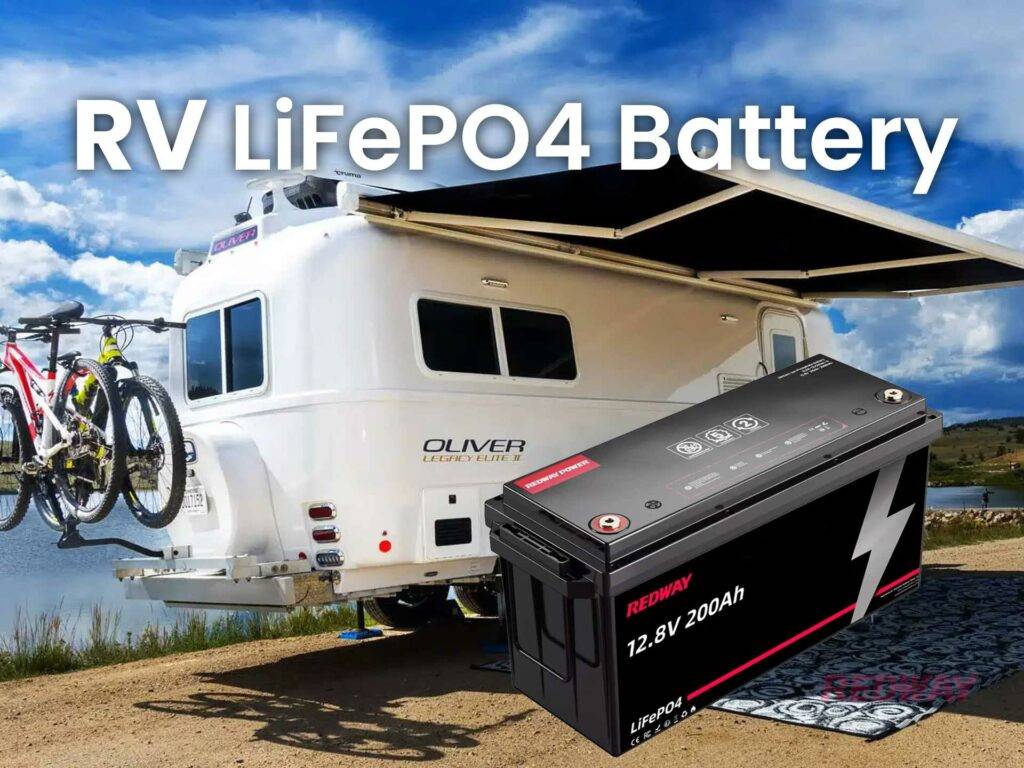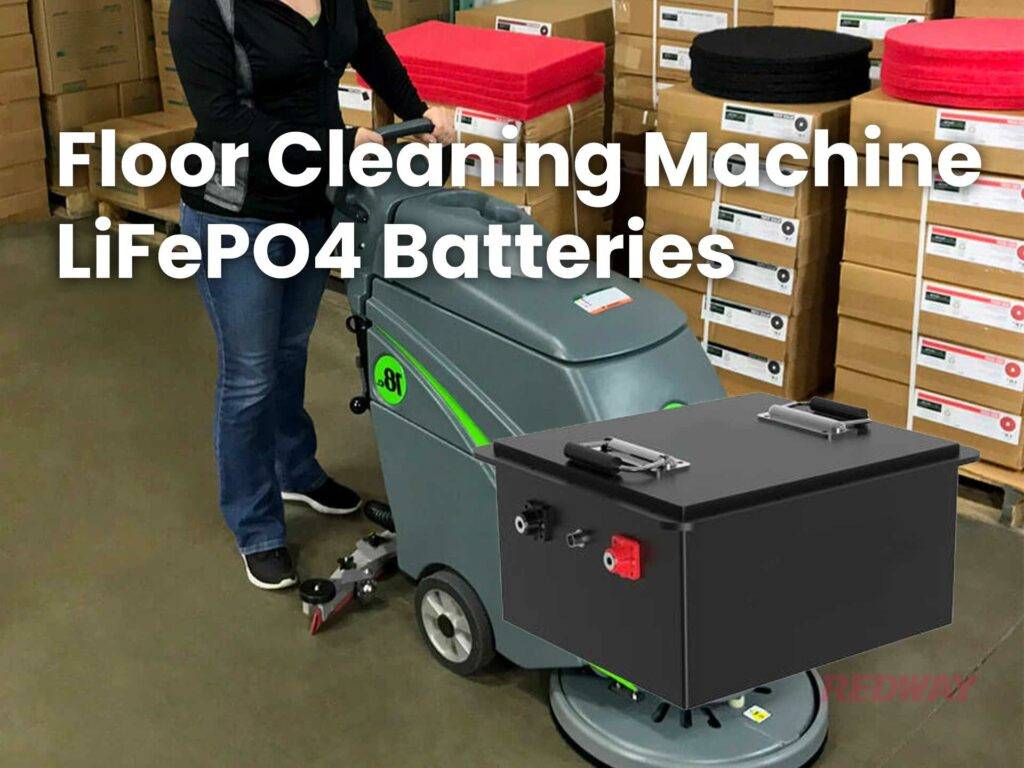Are Lithium Batteries Suitable for Marine Use? A Comprehensive Guide
Lithium batteries are becoming increasingly popular for marine use due to their numerous advantages over traditional lead-acid batteries.
[table id=5 /]
Here is a comprehensive guide to help you understand whether lithium batteries are suitable for marine applications:

#post_seo_title
Advantages of Lithium Batteries for Marine Use
-
Energy Density:
- Lithium batteries have a higher energy density compared to lead-acid batteries. This means they can store more energy in a smaller and lighter package, making them ideal for boats where weight and space are often critical considerations.
-
Weight:
- Lithium batteries are significantly lighter than lead-acid batteries. This is particularly important for marine applications, where minimizing weight is essential for fuel efficiency and overall performance.
-
Longer Cycle Life:
- Lithium batteries typically have a much longer cycle life than lead-acid batteries. They can endure a larger number of charge-discharge cycles, providing a more reliable and durable power source for marine use.
-
Fast Charging:
- Lithium batteries can be charged at a higher rate than lead-acid batteries. This is advantageous for marine applications where quick charging is desirable, especially when access to shore power is limited.
-
Depth of Discharge:
- Lithium batteries can be discharged to a lower depth without causing damage compared to lead-acid batteries. This means you can use more of the available capacity without reducing the overall lifespan of the battery.
-
Maintenance-Free:
- Lithium batteries require minimal maintenance compared to lead-acid batteries. There is no need for regular water topping-up or equalization charging.
-
Compact Design:
- Lithium batteries have a more compact design, allowing for flexible installation options. They can be installed in various orientations and locations on a boat.
Considerations and Challenges:
-
Cost:
- Lithium batteries are generally more expensive upfront compared to lead-acid batteries. However, the total cost of ownership may be lower over the lifespan of the battery due to their longevity and performance.
-
Compatibility:
- Before upgrading to lithium batteries, ensure that your marine electrical system, including charging systems and monitoring equipment, is compatible with lithium technology. Some systems may require modifications for optimal performance.
-
Temperature Sensitivity:
- Lithium batteries may have temperature limitations. It’s essential to consider the ambient temperature conditions of your boating environment. Some lithium batteries come with built-in heating or cooling systems to address temperature issues.
-
Safety Concerns:
- While modern lithium batteries are designed with safety features, there have been rare incidents of thermal runaway or fire. Following proper installation guidelines and using quality batteries can mitigate these risks.
Installation Tips
-
BMS (Battery Management System):
- Ensure your lithium battery has an integrated Battery Management System that protects against overcharging, over-discharging, and thermal issues.
-
Charging Systems:
- Verify that your charging systems are compatible with lithium batteries. In some cases, modifications or replacement of charging equipment may be necessary.
-
Ventilation:
- Provide adequate ventilation for the battery compartment to dissipate heat, especially if the marine environment tends to be hot.
-
Professional Installation:
- Consider having lithium batteries professionally installed to ensure proper integration with your boat’s electrical system.
Popular Lithium Battery Types for Marine Use
-
LiFePO4 (Lithium Iron Phosphate):
- Known for their stability, safety, and long cycle life. LiFePO4 batteries are commonly used in marine applications.
-
NMC (Lithium Nickel Manganese Cobalt Oxide):
- Offers a higher energy density but may be more temperature-sensitive than LiFePO4. They are suitable for marine use with proper temperature management.
-
LTO (Lithium Titanium Oxide):
- Known for their rapid charging capability and long lifespan, but they are less common and can be more expensive.
Conclusion
Lithium batteries are suitable for marine use and offer numerous advantages in terms of weight, size, longevity, and performance. However, careful consideration of compatibility, installation, and safety factors is crucial. If properly integrated and maintained, lithium batteries can significantly enhance the efficiency and reliability of a marine electrical system.


